The eyes of Poland's air defense system during the Cold War: radar stations of Soviet and Polish production
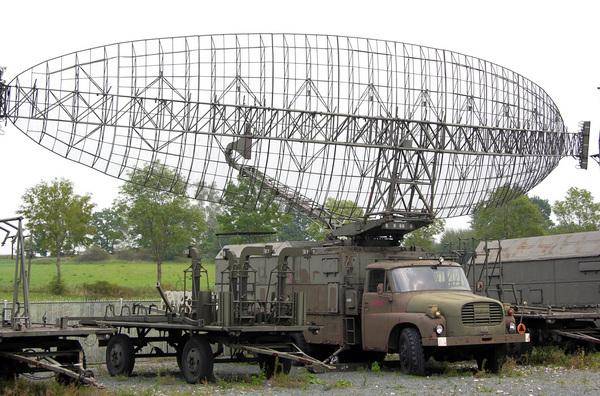
Cardinal modernization and a sharp increase in the number of radio engineering units of the Polish People's Army occurred in the 1960s, after the start of deliveries from the USSR of supersonic fighter-interceptors MiG-21PF / PFM and S-75 air defense systems. For the timely detection of air targets, guidance of interceptors and the issuance of target designation by air defense systems, the National Air Defense Forces used powerful radar stations to control the airspace over the entire territory of the country and the border areas of neighboring states.
Anti-aircraft missile and artillery regiments and military air defense brigades were mainly attached to mobile radars on a tracked or wheeled truck chassis. In addition to acquiring Soviet-made radars, Poland launched the production of its own radars.
Soviet-made radars
One of the most common radars in the radio engineering units of the Polish Air Force was the P-35. This two-coordinate station was created on the basis of the P-30 radar in 1958.
The first P-35 radar arrived in Poland in 1962, and in 1963, the production of a modified radar station, designated P-35 Monika, began at the Radwar radio factory in Warsaw.
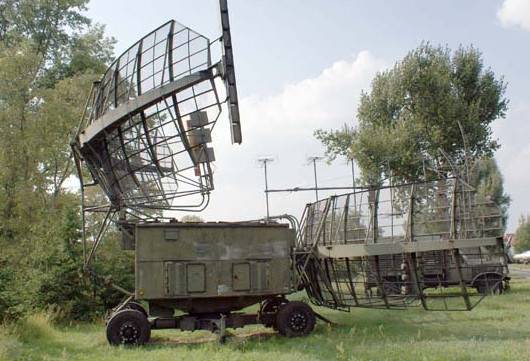
According to information published in Polish sources, the P-35 Monika radar, operating in the centimeter frequency range, had a pulse power of up to 1 MW. The antenna post rotated at a speed of 7 rpm. A MiG-17 fighter flying at an altitude of 1 m could be detected at a distance of 800 km. The maximum detection range is up to 100 km. Due to the fact that it took at least 350 hours to deploy the station, it was usually located in a stationary position. In total, more than 10 P-100 Monika radars were produced in Poland. The operation of radars of this type continued until the early 35s.
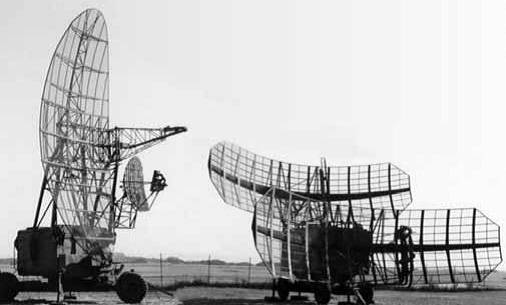
Paired with the P-35 radar in the 1960s-1980s, the PRV-11 radar radio altimeter was used, which operated in the centimeter frequency range. The radio altimeter is designed to determine such parameters as azimuth, range and altitude when working together with all-round radar stations.
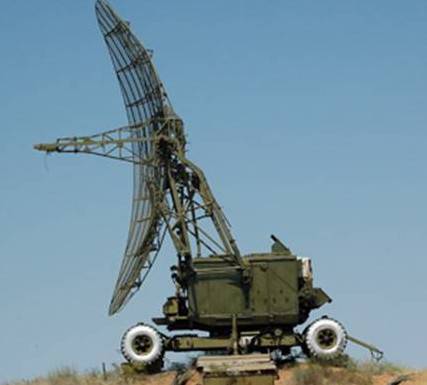
With a flight altitude of more than 6 m, the detection range of the MiG-000 was 17 km. At an altitude of 210 m - 500 km.
In the early 1980s, the radio engineering units of the Polish Air Force began to use two-coordinate radars P-37 to control the air situation. This station was a continuation of the line of development of the P-20, P-30 and P-35 radars. But compared to this radar, the P-37 had better noise immunity and measurement accuracy.
Station P-37, operating in the frequency range 2–695 MHz, has a pulse power of 3 W. The detection range of large high-altitude targets is up to 115 km. Antenna rotation speed: 700-250 rpm. To measure spatial coordinates, the radar can be interfaced with PRV-3 and PRV-6 altimeters.
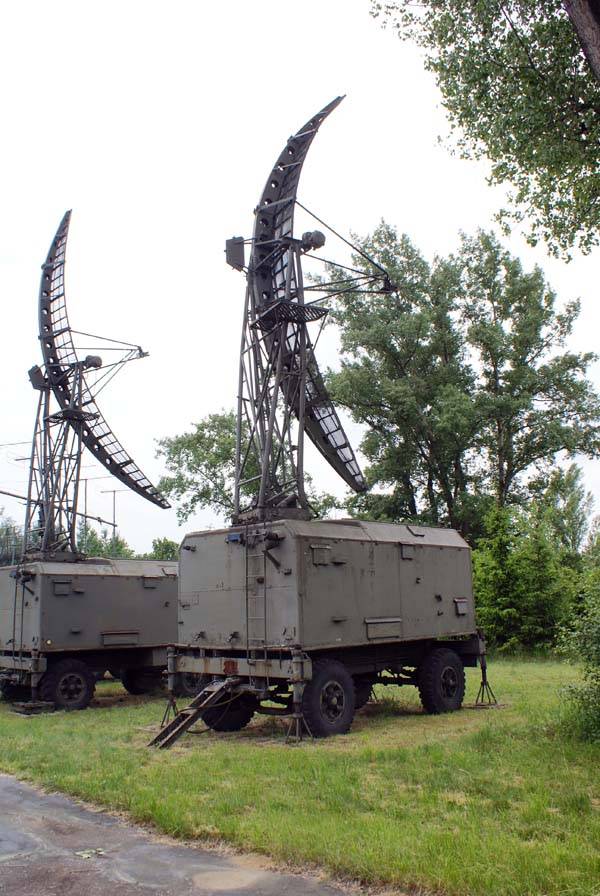
The PRV-13 radio altimeter, based on the PRV-11, operated at frequencies from 2,5 to 2,7 GHz. Pulse power - 1,6 MW. The maximum range is 310 km.
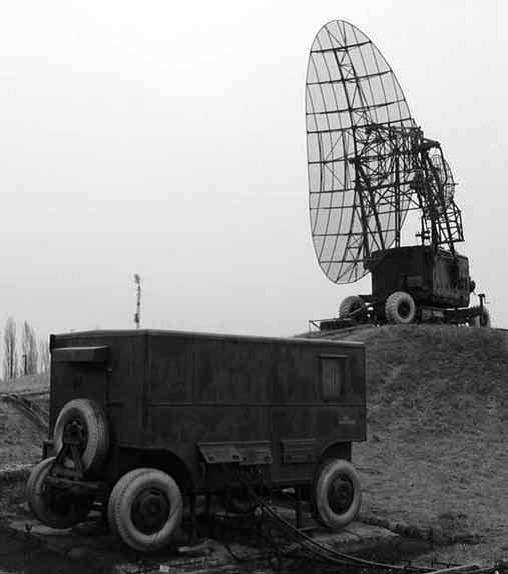
The most "long-range" in the radio engineering troops of Poland were the meter-range radars of the P-14 family. During the Cold War, the Soviet Union supplied 14 P-14F radars and 8 5N84A Oborona-14 stations.
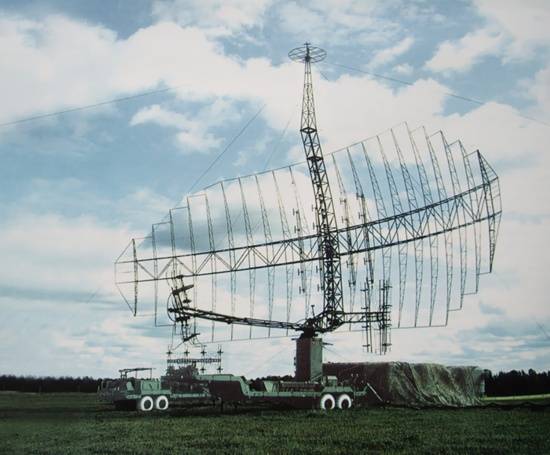
The P-14F "Van" radar was a transportable modification of the P-14 "Lena" radar and was intended for long-range detection and measurement of the range and azimuth of air targets when operating as part of an automated control system or autonomously. The mobility of the P-14F early warning radar was rather conditional. The main elements of the station were placed on five transport units (two semi-trailers with equipment, two with antenna equipment and three trailers with a power supply system). A very large antenna was a parabolic mirror measuring 32x11 m. The antenna post was installed on a prepared site.
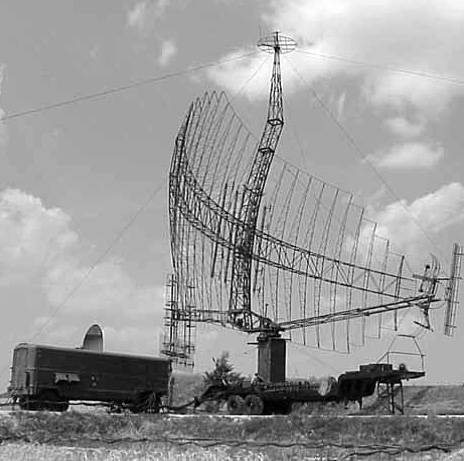
The P-14F radar operated in the 160–185 MHz frequency range. Pulse power - up to 900 kW. The rate of information update is 10 and 20 s. A MiG-17 fighter flying at an altitude of 10 m could be detected at a distance of 000 km. The detection range of large high-altitude targets reached 300 km. The upper limit of the detection zone is 540 km.
Radar 5N84A "Defence-14" has improved noise immunity and higher measurement accuracy. Some of the electronic blocks are made on semiconductors. The station is located on six transport units (two semi-trailers with equipment, two with an antenna-mast device and two trailers with a power supply system).
Standby stations of the P-14 family usually worked in conjunction with radar altimeters PRV-9, PRV-11, PRV-13 in the interests of anti-aircraft missile regiments and brigades equipped with air defense systems: SA-75M, S-75M / M3, S-125M / M1A, S-200VE.
Due to low mobility and large dimensions, the vulnerability of all modifications of the P-14 family of radars was very high, and they themselves were actually peacetime stations. However, these shortcomings were largely compensated by a very significant detection range and a large resource. The operation of 5N84A stations continued in Poland until the early 2000s.
In the late 1970s and early 1980s, five radar systems 5N87 (“Cabina-66”) and 64Zh6 (“Cabina-66M”) entered service with the Polish RTV.
Radar complex "Kabina-66" in the export version included two radar rangefinders, a technical post, indicator and modulation equipment, a trailer with spare equipment and measuring equipment, four radio altimeters PRV-13, two interrogators of state affiliation, a radio transmission line RL-30-1M , diesel generator electrical installations, truck crane. The complex gave consumers three coordinates of the target: azimuth, range, height.
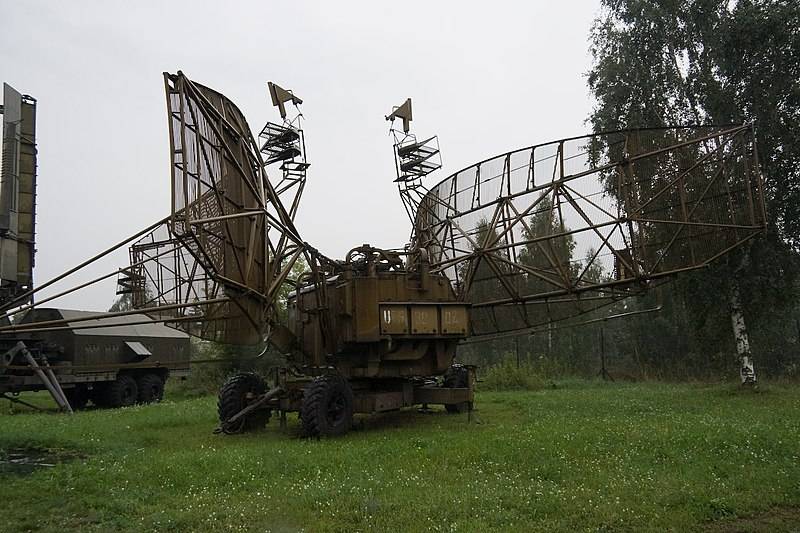
RLK 5N87 ensured the detection of the MiG-21 fighter flying at an altitude of 15 km at a distance of 380 km. The upper limit of the detection zone is 54 km. Review rate - 6 rpm. In the upgraded RLC 64Zh6, it was possible to improve the noise immunity of the complex and abandon one rangefinder and one altimeter without compromising performance.
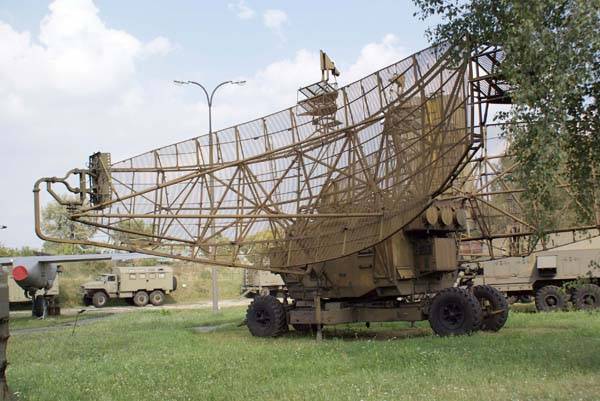
The deployment of five 5N87 and 64Zh6 radar systems in the second half of the 1980s made it possible to significantly expand the possibilities of using the S-75M / M3 and S-200VE air defense systems against high-altitude targets and increase the stability of combat operations control of an anti-aircraft missile regiment (brigade) in the conditions of use by the enemy of various kinds interference.
The Soviet mobile radars P-12, P-15 and P-18 were widely used in Polish RTV.
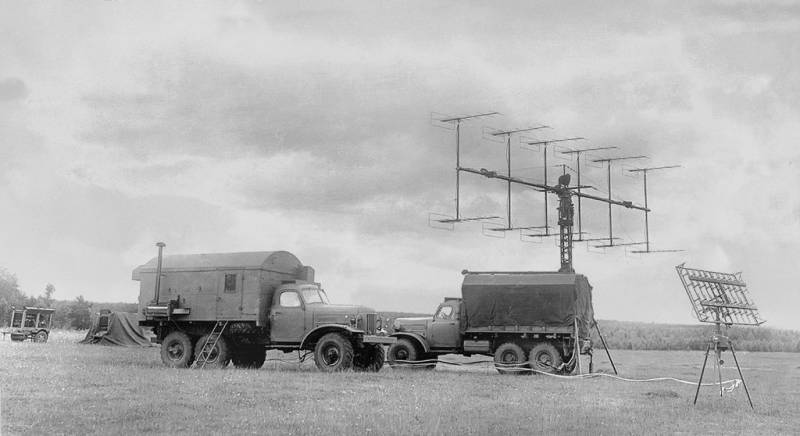
Mobile meter-range radars of the P-12 family were very numerous in countries friendly to the USSR. Towed modifications were also serially produced on the basis of ZIL-157 vehicles.
With a pulse power of 180 kW, the P-12 radar provided aircraft detection at a distance of 180 km. Detection height - up to 25 km.
During the development, the creators of the station tried to realize the possibility of determining not only the range and azimuth, but also the flight altitude. However, the troops used specially designed radar altimeters for this.
The P-12 radars were supplied to Poland together with the SA-75M, S-75M and S-125 air defense systems, but subsequently served in the RTV units of the air force.
The P-15 radar was the first Soviet radar specifically designed to detect air targets at low altitude. A two-coordinate decimeter range radar on the chassis of a ZIL-157 vehicle with a pulse power of 300 kW was capable of detecting aircraft at a distance of up to 140 km, at an altitude of 500 to 3 m.
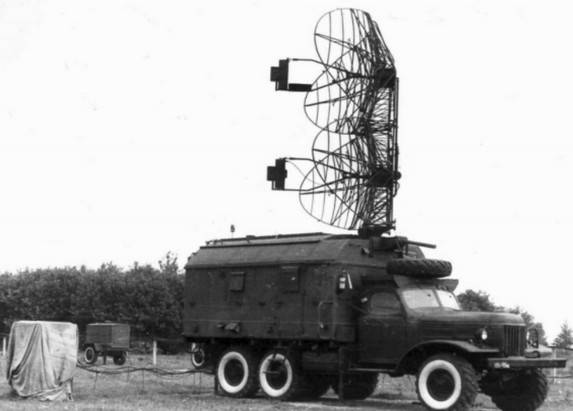
The P-15 low-altitude radars were attached to the S-125 anti-aircraft missile battalions and were used in radio engineering battalions of the air force.
The two-coordinate radar of the meter range P-18 was created in 1971 on the basis of the P-12MP radar by transferring its electronic part to a new element base. At the same time, the radar was mated with a new radar identification system of the nationality “Silicon-2М” created by that time. High technical characteristics, ease of use, reliability, good maintainability and high mobility have led to widespread P-18 radar.
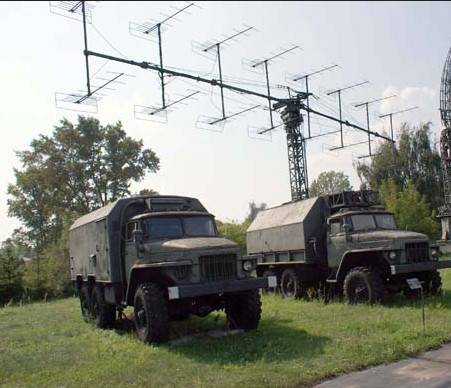
All station equipment is located on the basis of two Ural-375 vehicles. One of which houses radio-electronic equipment with operator workplaces, the second - an antenna-mast device. In the absence of interference, the P-18 radar is capable of detecting a high-altitude aerial target at a distance of up to 260 km.
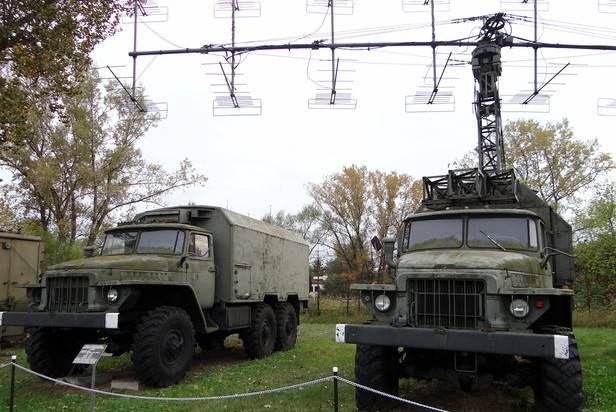
In the troops of the National Air Defense of Poland, the P-18 radars were attached to the S-75M3 air defense system, as well as to the radio engineering battalions of the military air defense.
At about the same time, P-18 mobile radars on the extended AT-T tracked chassis were delivered to Poland from the P-40 radar. In total, two separate radio engineering battalions of the Air Force, four Kub anti-aircraft missile regiments and a Krug air defense brigade had two dozen P-40 radars.
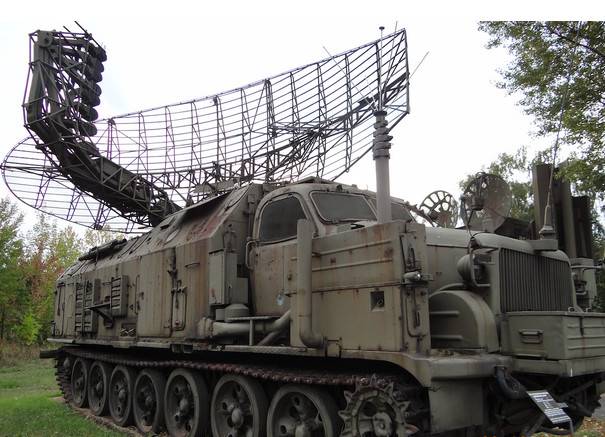
All elements of the P-40 self-propelled radar are located on one machine, which weighed 36 tons in the curb position. km and 21 km - at an altitude of 70 km.
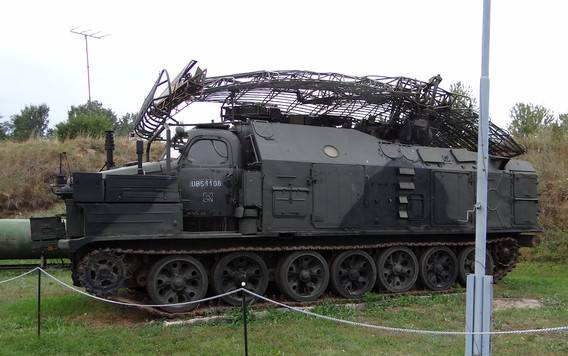
Usually, in the radio engineering units where the P-15, P-18 and P-40 radio rangefinders were operated, there were PRV-9 and PRV-16B towed radio altimeters.
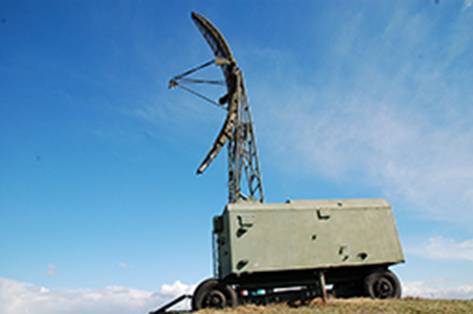
The PRV-9 radio altimeter, operating in the frequency range from 5 to 9 GHz (centimeter range), had a pulse power of up to 800 kW. The detection range of a MiG-17 target flying at an altitude of 200 m was 60 km. At an altitude of 5 m - 000 km.
The PRV-16B altimeter on the chassis of the KrAZ-255B vehicle operates in the centimeter wave range and is protected from the effects of active and passive interference, meteorological formations and extended local objects. The maximum range is 300 km. The PRV-16B altimeter did not have its own diesel power plant. The altimeter is powered from the P-40 radar power source.
In the second half of the 1980s, the command of the Polish Army planned to improve the radar support of the S-125M / M1A, S-75M / M3 anti-aircraft missile regiments and the S-200VE brigade by acquiring three-coordinate ST-68U (19Zh6) radars in the USSR. Also, these stations were supposed to issue target designation to the multi-channel S-300PMU air defense systems, which were supposed to replace the aging S-75M air defense systems.
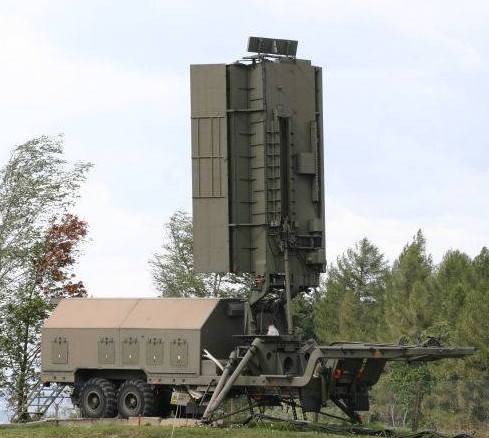
The ST-68U radar station, operating in the frequency range of 2–850 MHz, has good mobility and high noise immunity. In addition, it does not require a radio altimeter to accurately determine the coordinates. This radar is able to effectively operate on low-altitude targets, including such complex ones as cruise missiles, in active and passive interference in the presence of intense reflections from the ground and in adverse weather conditions, and simultaneously track up to 3 targets. With a transmitter pulse power of 200 kW, it is possible to detect a target with an RCS of 30 m² flying at a height of 360 m at a distance of 0,1 km, at medium and high altitudes - at a distance of 100 km.
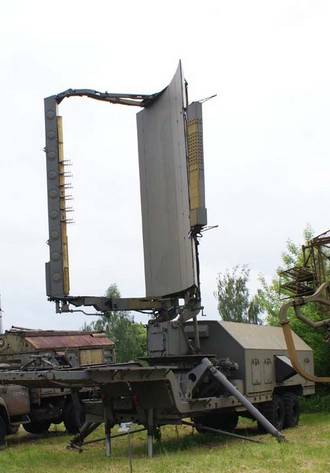
The Polish military planned to purchase 10 ST-68U radars. However, before the liquidation of the ATS, one station was received. It is currently out of service and is in the Museum of Polish Military Technology in Warsaw.
Polish-made radar stations
In 1956, the Warsaw Institute of Industrial Telecommunications began designing a stationary radar designed to control the airspace in the vicinity of the airfield. Already in 1958, the first Polish radar of this purpose began to operate at the Okenec airfield.
The stationary radar, named AVIA-A, marked the beginning of a number of successful Polish developments. This station operated at a frequency of 1,3 GHz, had a pulse power of 600 kW and an antenna with a parabolic reflector spanning 12 m. An aircraft of the Li-2 type flying at an altitude of 3 m could be detected at a distance of more than 000 km. For several years of trial operation, the first radar of the AVIA family has worked for more than 200 hours.
In 1967, the improved AVIA-B radar was launched in Okentse. It operated at the same frequency as the prototype, but was more powerful, had better reliability and noise immunity. The pulse power of the AVIA-B radar reached 1,5 MW, the detection range was 240 km. In 1969, an AVIA-B radar was installed at Lavitsa Airport. In 1973, the upgraded AVIA-BM radar station was placed in Poltusk (40 km north of Warsaw). The appearance of the letter "M" in the name meant the addition of another channel - meteorological.
AVIA-B radars were exported to Czechoslovakia, East Germany, Syria and Cuba. So, two such stations until 1991 worked in the GDR at the airfields of Cottbus and Neubrandenburg.

In the 1970-1980s, improved AVIA-C / D radars were produced. In total, a dozen and a half radars of these modifications were produced. Thanks to progress in radio electronics, part of the element base was transferred to solid-state electronics and an additional third backup transceiver channel was introduced, which ensures operation in a double frequency diversity system even in the event of a failure of one of the channels. Improved signal selection against the background of reflections from ground objects.
The radar antenna had a parabolic reflector measuring 13 × 9 m. The antenna, placed on a tower 20 m high, rotated at a speed of 10 rpm. Pulse power 800 kW. The AVIA-S radar made it possible to detect objects with an RCS of 80 m² at a distance of 5 km with an 300% probability. Working height up to 25 km.
Radar information was displayed on an indicator with a diameter of 45 cm. The transmitting and receiving equipment was located in isolated air-conditioned rooms. The image was transmitted to the control room via a shielded cable no longer than 5 m.
In parallel with the creation of the stationary AVIA radar, specialists from the Institute of Industrial Telecommunications were developing a family of mobile and stationary radar stations, codenamed Jawor. These radars were supposed to have significantly better technical parameters than the stations of the Nysa family. Trial operation of the first mobile radar Jawor began in 1961.
Due to the fact that at that time vehicles of suitable carrying capacity were not produced in Poland, the first Jawor mobile radar was installed on a Tatra 111 truck (produced from 1942 to 1962). Part of the Jawor radar was launched on the Tatra 138 chassis.
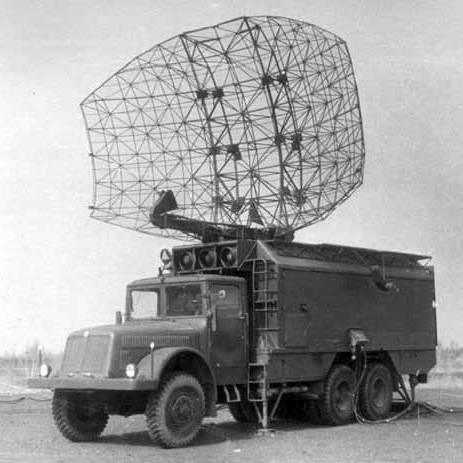
The Jawor station operated in the 1–2 GHz frequency range. The power in an impulse is 1 kW. Range: 500–150 km.
The Jawor radar, paired with the Bogota radio altimeter, formed a three-coordinate radar complex, which was used to detect air targets and guide fighters to them. From 1963 to 1969, several dozen Jawor-Bogota complexes were built at the WZR-RAWAR enterprise.
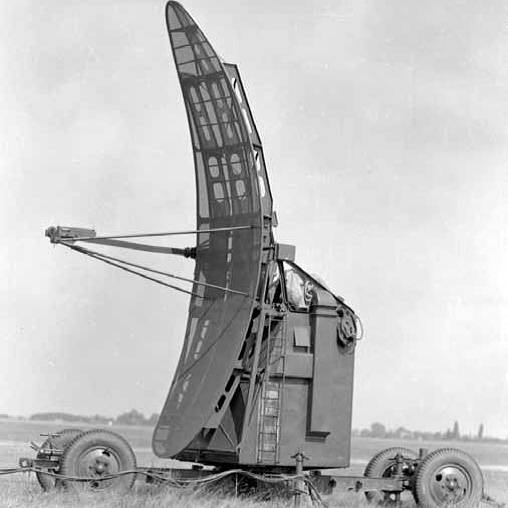
The Bogota radio altimeter in the centimeter range, made on Soviet-made electrovacuum devices, was a further development of the Nysa-B station. Power in an impulse - 700 kW. The detection range of the MiG-17 fighter flying at an altitude of 4 m is 000 km. The measurement error is less than 200 m.
In 1967, production of the Jawor-M radar began. The main changes were the transfer of part of the electronic components to semiconductor elements and the use of memory elements. The antenna span has increased to 9 m. Although the detection range has changed slightly, the measurement accuracy and noise immunity have improved. The Czechoslovak truck Tatra 138 was used as a base.
The Jawor-M rangefinder worked in conjunction with the Bogota-M altimeter, some of the electronics of which were also transferred to transistors. The radar based on the Jawor-M and Bogota-M stations was used in the Polish Army until 1988.
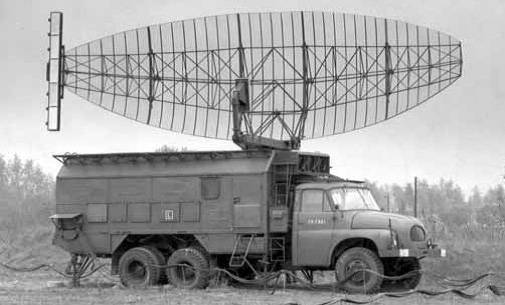
Production of the Jawor-2M mobile radar (sometimes referred to as Justyna) began in 1973. He became the representative of the third generation of radar stations of the Jawor family. Until 1978, more than 50 stations of this type were built. There were mobile, towed and stationary modifications. The main blocks of the mobile radar were placed on three Tatra 148 vehicles. The deployment time of the mobile radar is 90 minutes, the towed modification is up to 180 minutes.
The Jawor-2M radar operated in the decimeter range and had a parabolic antenna with a span of 16 m. The range was 350 km. Ceiling - up to 35 m. The antenna can rotate at a speed of: 000, 3, 6 rpm.
Jawor-2M radars were used in the Polish Army until 1998. In addition to the Jwor-2M version, other variants have been created.
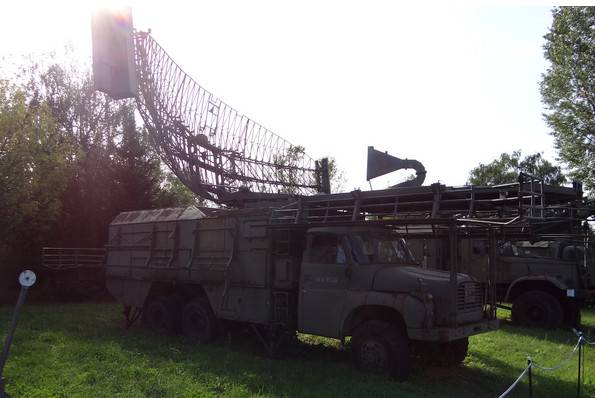
In 1975, the Jawor-2MM radar appeared, and in 1984, the Jawor-M2ML. These variants were distinguished by a new element base, improved means of displaying information and communication. Both types were in service until 2005.
To work in tandem with the Jawor-2M / 2MM / M2ML radar, the RW-31 altimeter, developed in 1972 on the basis of the Bogota PRV, was intended.
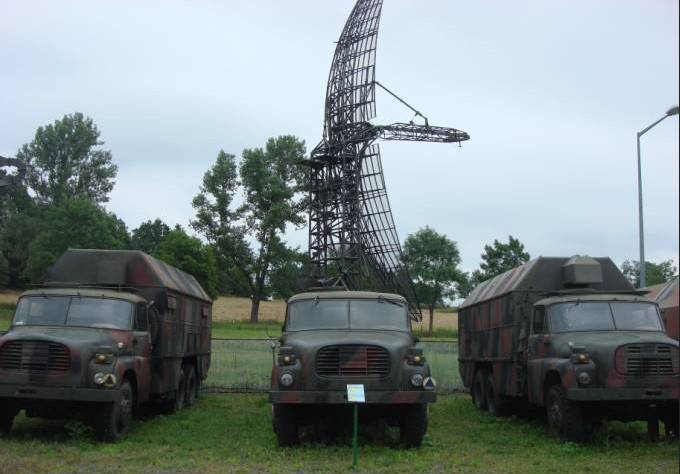
The RW-31 radar had a pulse power of 800 kW. Range - up to 240 km. The set of equipment was placed on three Tatra 148 vehicles and two trailers.
Since 1975, radio altimeters Narew (RT-17) have been operated in the radio engineering battalions attached to the fighter regiments and divisions of the Polish Air Force.
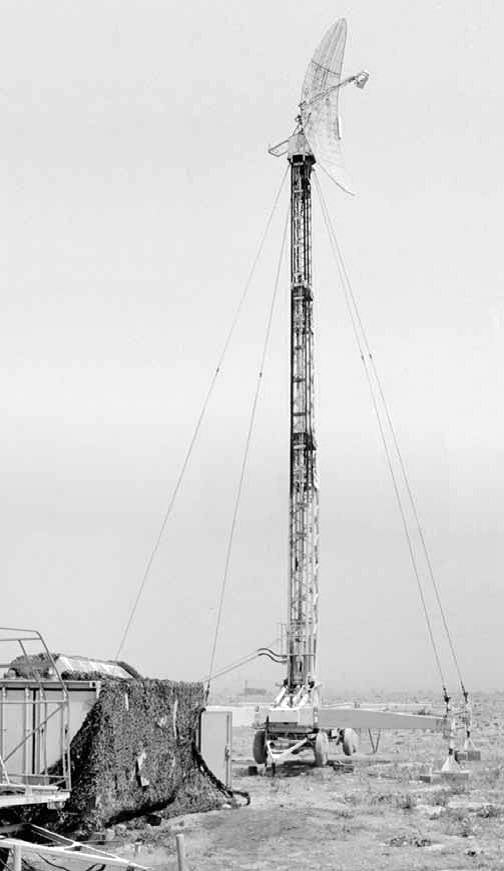
This centimeter-range radar was usually used permanently in the vicinity of airfields. The transmitter pulse power was 900 kW. Detection range up to 250 km. To increase the range and reduce the influence of the terrain when working on low-altitude targets, the antenna was placed on the 13-25th towers.
In 1988, after three years of military testing, the Polish Army received a new generation radar NUR-31 (also designated as N-31 and Justyna-82). Tatra 815 VVN was used as a wheelbase.
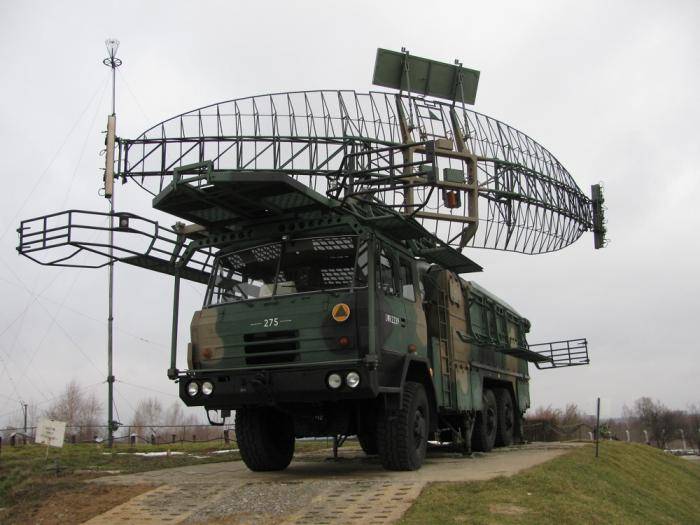
The characteristics of the NUR-31 radar have not changed much compared to the Jawor-2M family of radars, but most of the electronic components are built on integrated circuits. The size of the parabolic antenna is 9 × 2,5 m. The station was equipped with new indicators for displaying the air situation, greatly facilitating the work of operators, and automation tools for tracking, issuing information and building routes for 32 targets. The NUR-31 radar can be deployed by a crew of 5 in 25-30 minutes.
The NUR-31 station was equipped with passive and active interference protection systems. With a pulse power of 400 kW, a MiG-21 fighter flying at an altitude of 4 m could be detected at a distance of 000 m. Although this UHF radar was originally two-coordinate, for airborne objects equipped with transponders, it is three-coordinate.
When the NUR-31 radar interacted with the NUR-41 altimeter, a three-coordinate radar complex was obtained, information from which could be broadcast to consumers in automatic mode.
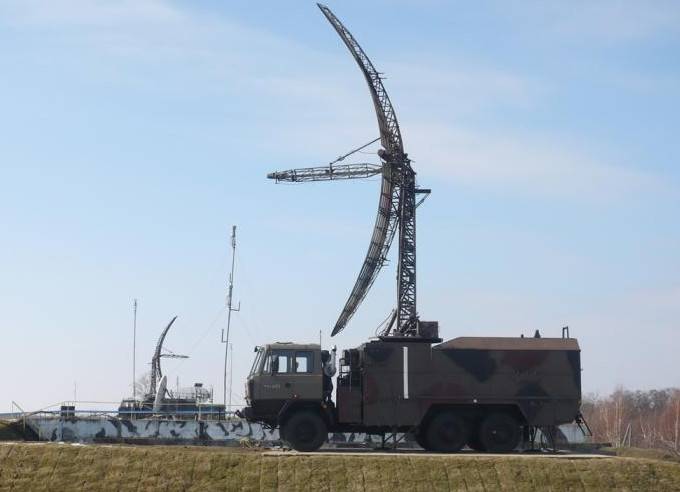
Radar altimeter NUR-41 operates in the decimeter frequency range. Antenna dimensions - 10 × 2,2 m. Transmitter power per pulse - 600 kW. Range - 250 km. The accuracy of determining the coordinates is 200 m.
Automated control systems
To control the fighter aviation and anti-aircraft missile forces, Poland received from the USSR ACS "Air-1P / M", "Vector-2VE", "Almaz-2/3".
In the 1970s, the Polish enterprise WZR RAWAR, using developments on the RODAN-10 computer, began to create its own automated air defense command and control system, interfaced with the Soviet ACS Vozdukh-1M.
In the 1980s, automatic control systems of the Polish production DUNAJEC appeared at the air defense command post, designed for automated display and processing of information coming from radar stations. Data exchange in the system took place over leased lines with a transmission rate of 60–200 bit/s.
The improved DUNAJEC-Z system was built on the basis of the ASM-10 computer, which used 8-bit INTEL 8080 microprocessors. Following the stationary DUNAJEC-Z equipment, its mobile version DUNAJEC-P followed in the late 1980s.

The exchange of information in the system was carried out using Soviet-made radio relay stations and via cable communication lines. The exchange network used the Soviet protocol, functionally similar to the NATO LINK-11.
The control equipment, created in Poland within the framework of the DUNAJEC program, at the time of its appearance, met the highest requirements. Its operation continued until 2004.
The structure and strength of the radio engineering troops
In 1965, 213 radars of various types were operated in all Polish units of the radio engineering troops. Organizationally, the radio engineering units of the Air Force and the National Air Defense Forces (objective air defense) were subordinate to different commands, but exchanged data. The radio engineering troops provided the necessary information about the air situation, its processing and transmission to command posts. All information received from radar posts, starting from 1967, could be broadcast via cable and radio relay communication lines to the Central Command Post located in the village of Pyra near Warsaw.
In the Polish Air Force, radar companies were called "flight control squadrons". Initially, the equipment of the radar companies was located on the territory adjacent to the airfields, but subsequently, in order to reduce vulnerability, in the event of a sudden attack by the enemy and increase combat stability, radar posts began to be placed at some distance. In 1964, the command posts of fighter regiments began to be equipped with Vozdukh-1P automated guidance equipment. In the late 1960s, three radio engineering companies were converted into radio engineering battalions, equipped with additional equipment and transferred to the disposal of aviation divisions.
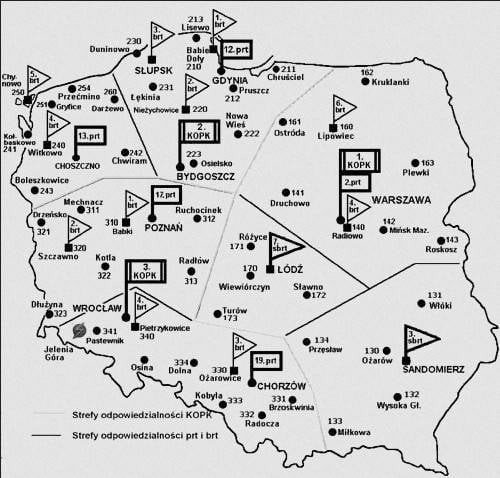
As of the mid-1980s, the radio engineering battalion of the fighter aviation regiment included: two medium-range radar detection and guidance stations of the Jawor or P-35/37 or NUR-31 family; one P-12 radar, two low-flying target detection radars, six radio altimeters of Soviet or Polish production.
The transmission of primary radar information was provided by the VP-02U equipment. The RP-11 equipment was used to guide the aircraft. There were two mobile control and guidance points RPDN-1 or RPDN-2. Communication with the fighters was guaranteed by four R-824 radio stations. For interaction with other units and communication with higher command posts, there were 10 radio stations R-118, R-137, R-140.
In the 1980s, the radio engineering units of the Polish Air Force had: 53 radar rangefinders, 59 radio altimeters, 21 radio lines (RL-30), 21 mobile control and guidance points, 2 hardware complexes for semi-automatic collection of information from subordinate regiments (RP-03U), 6 sets of equipment for semi-automatic reception and automatic transmission of information (RP-02U), 6 sets of fighter guidance equipment (RP-11).
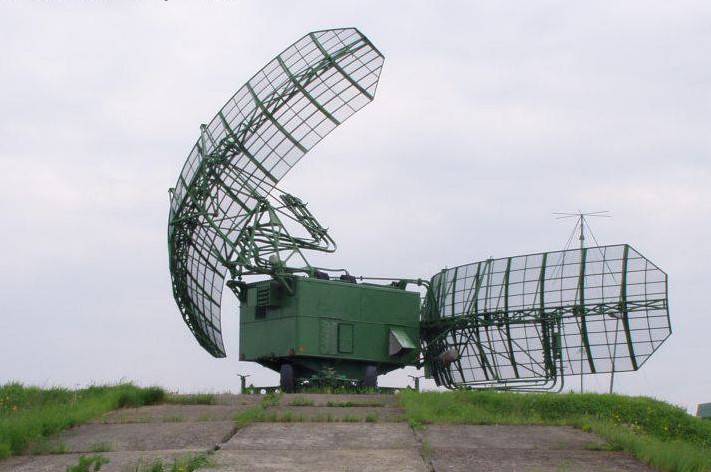
A typical radio post of the Polish Air Force consisted of two radar stations for detection and guidance, coupled with two radio altimeters, one set of radar image transmission equipment (RL-30) and a mobile control and guidance station. Very often, the radar was installed on natural or artificially created hills. Control points and part of the communication equipment were placed in reinforced concrete bunkers.
In the mid-1970s, three radio engineering brigades were formed, which completely controlled the airspace over the country around the clock, providing a continuous radar field at medium and high altitudes. The brigades included 14 radio engineering battalions, 14 control companies, and 43 radar companies.
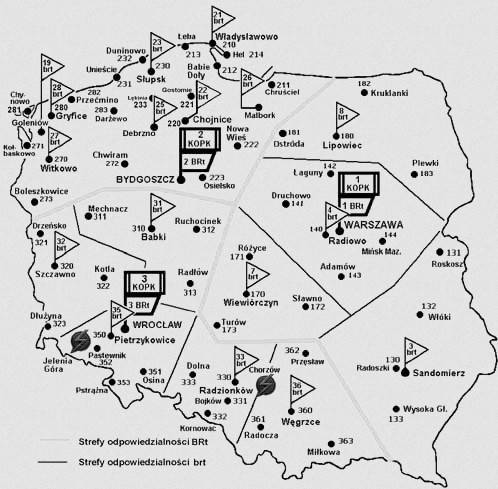
Polish RTV reached its peak in the late 1980s. After the collapse of the Eastern bloc, the reduction of the ZRV and the Air Force, the number of radar posts on the territory of Poland decreased significantly. However, unlike other countries that were part of the Warsaw Pact, this reduction was not landslide. Moreover, the Polish radio-electronic industry continued to develop and manufacture its own radar stations, and at the time of joining NATO, Poland had a fairly dense network of radar posts linked into a single automated control system.
To be continued ...
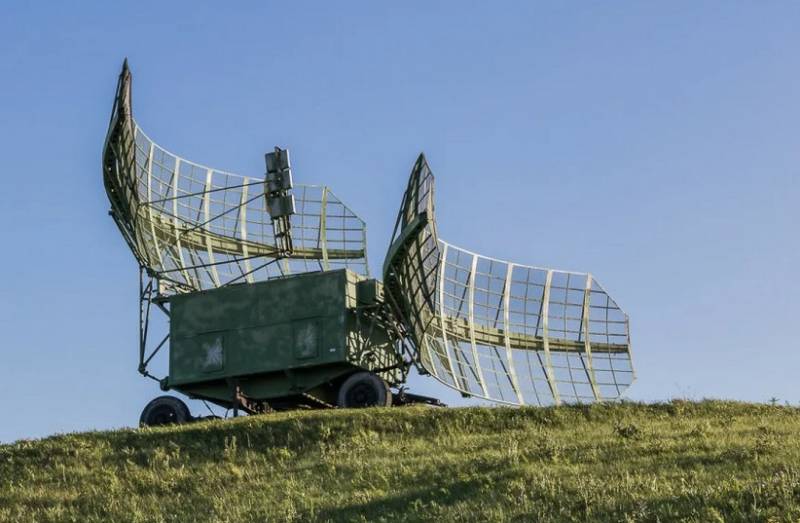
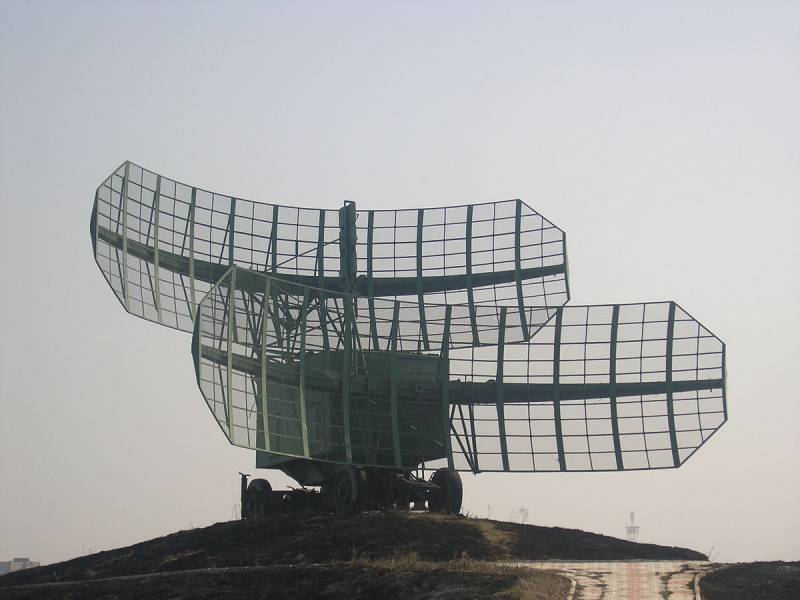
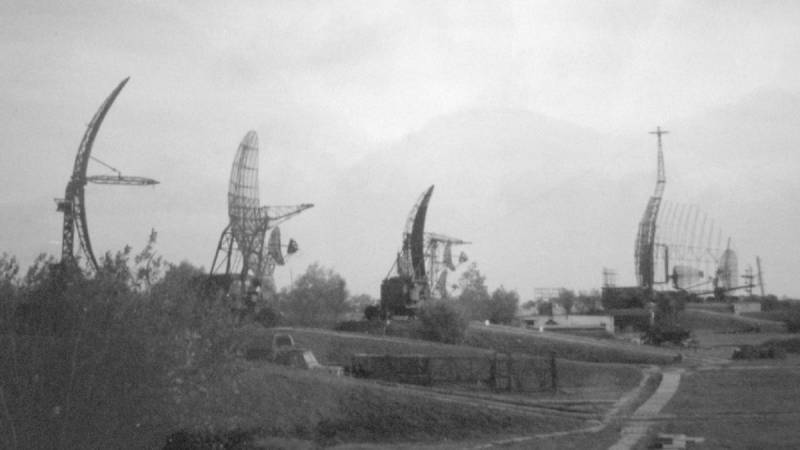
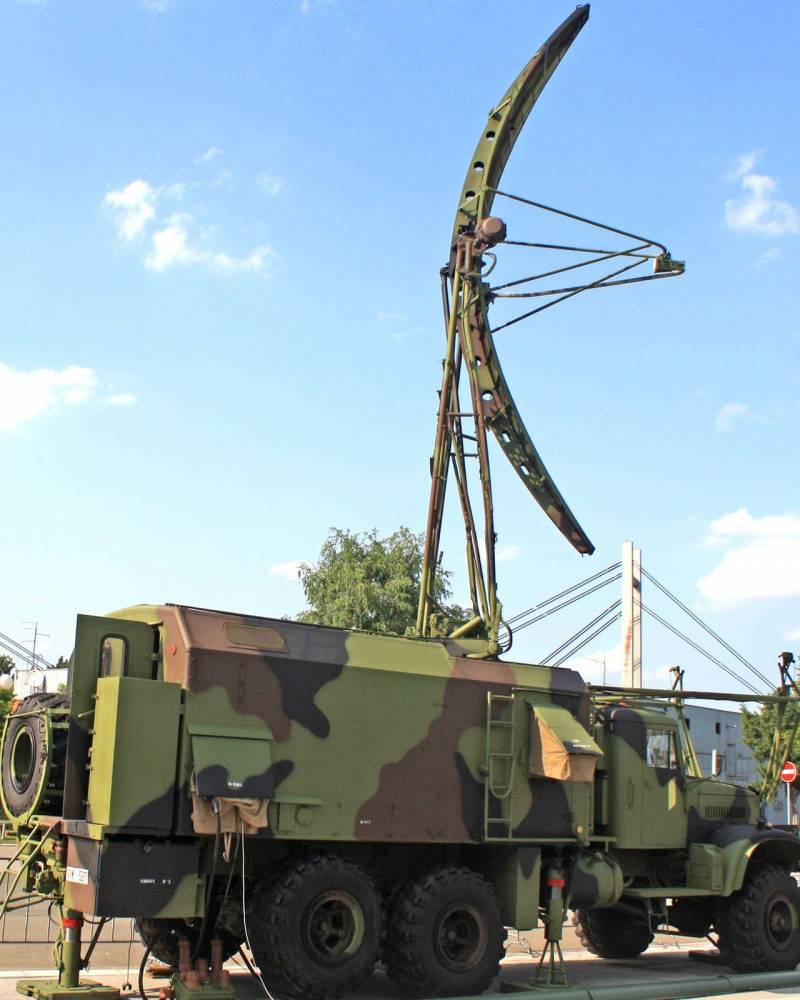
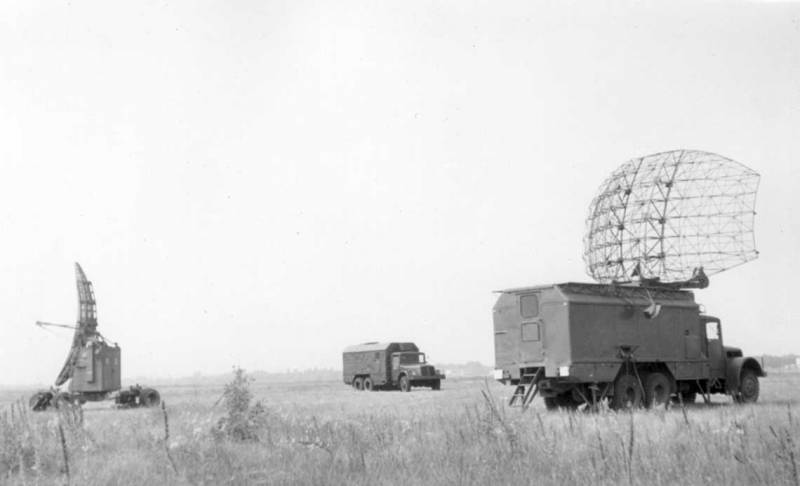
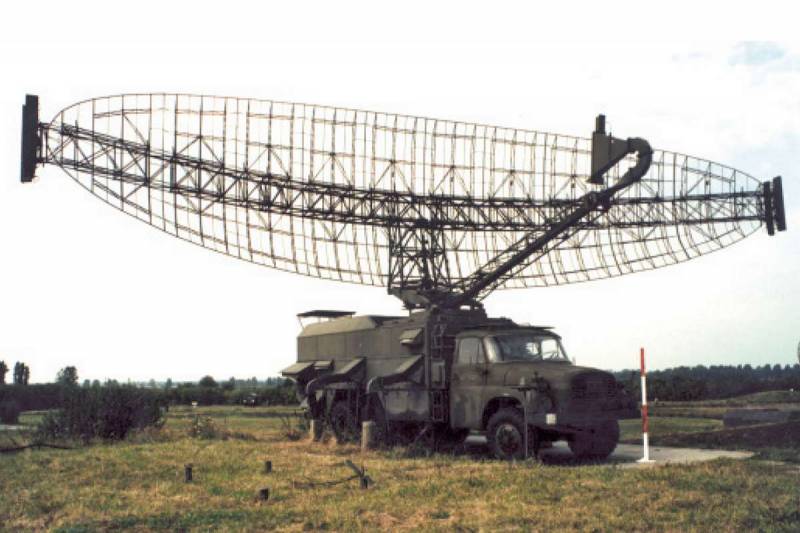
Information